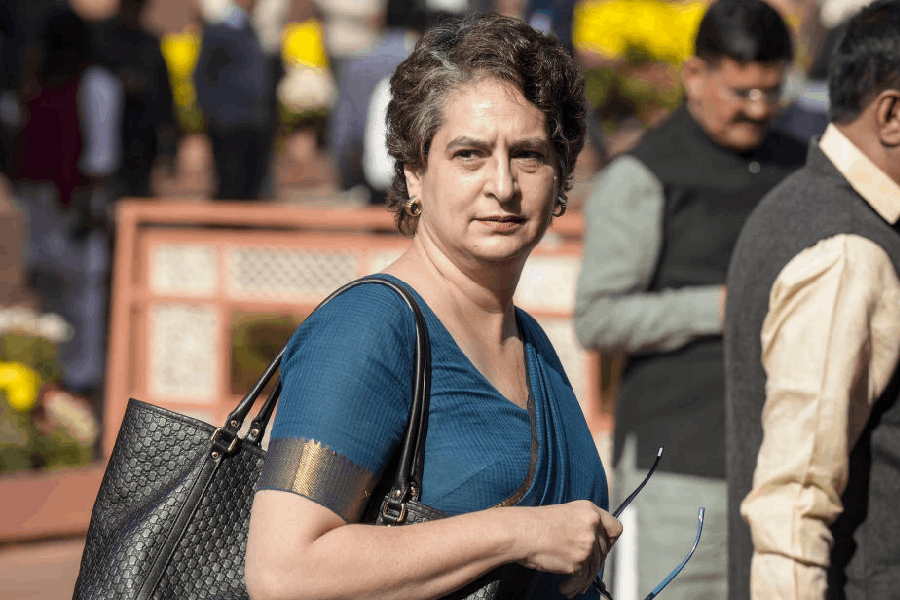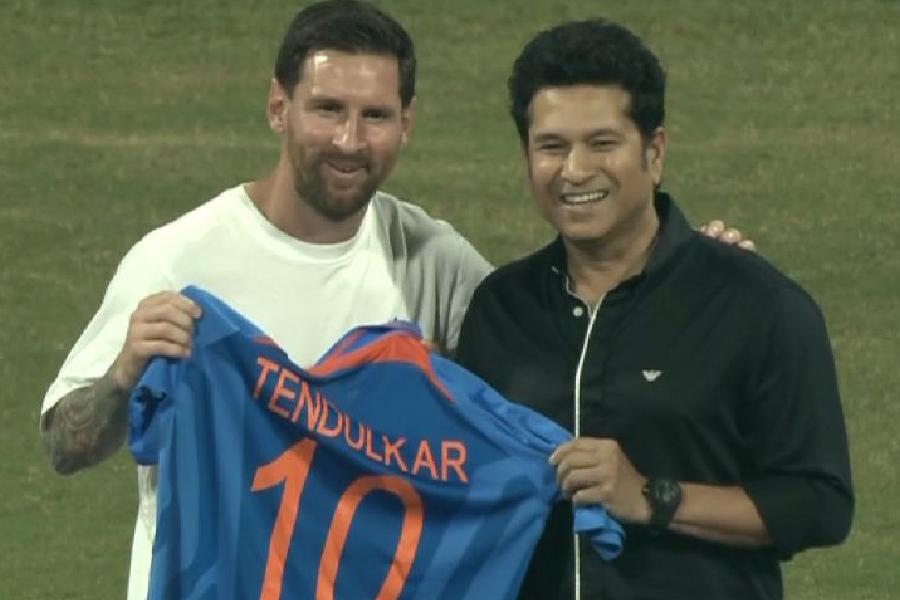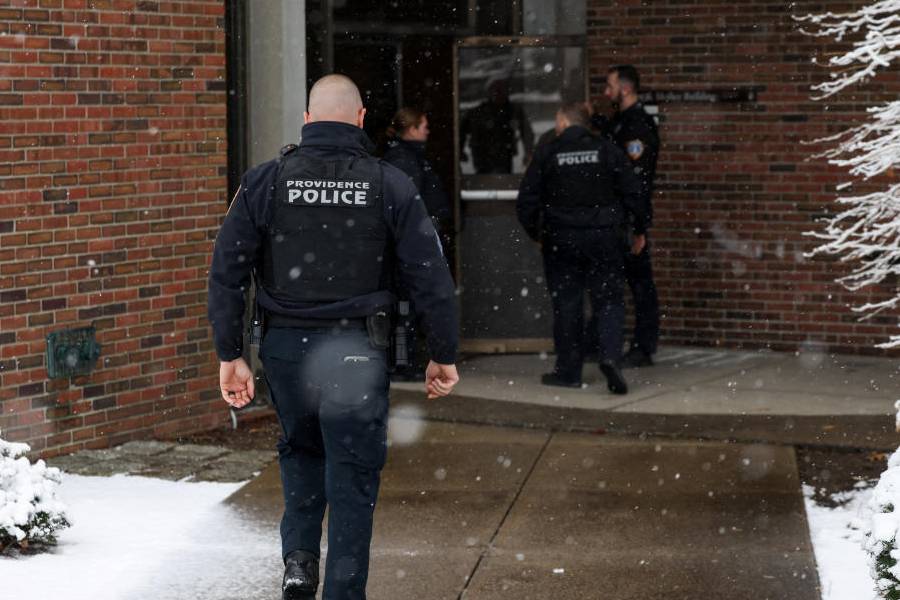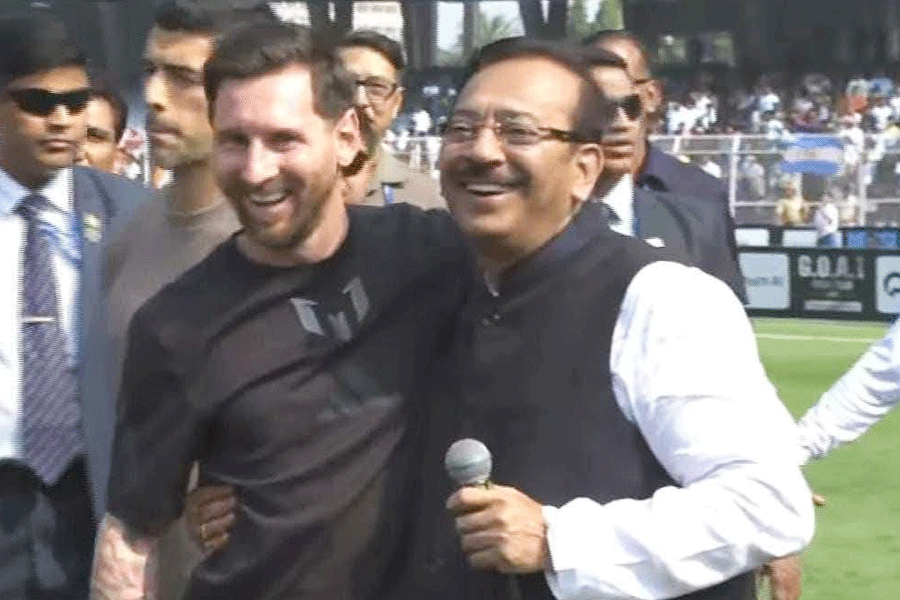The Wizard of Oz, the classic tale that has withstood the march of time with witches, goblins, and other wondrous things, is set to reach another milestone since its theatrical debut in 1939. The film will become an "experience" when it occupies the 160,000 square feet of the Sphere screen in Las Vegas through the use of 4D and haptics.
Helping reach the seemingly impossible milestone are artificial intelligence engineers at Google. Set to open on August 28, this enhanced version of the film has been in development for two years with thousands of technicians, AI experts and audio engineers, besides a number of directors, all of them helping take Oz from a 2D world to an experience meant to be enjoyed with the entire family.
The Judy Garland classic will take the shape of a 16K immersive experience on a screen larger than four football fields. There is immense scope to incorporate effects befitting the film, like tornadoes.
The folks at Google DeepMind, Google Cloud, Sphere Studios, Magnopus, Warner Bros Discovery, and others in the film and technology industries have been hard at work for a long time.
To bring the story to life on the giant screen wasn’t about a few AI prompts. Buzz Hays, the global lead for entertainment industry solutions at Google Cloud and a producer with 37 years in Hollywood, said the team had the original “four-by-three image on a 35mm piece of celluloid”. “It’s actually three separate, grainy film negatives; that’s how they shot Technicolor,” he said.
Traditional CGI wouldn’t have helped unless years of hard work were put in, and that would have come at a cost. “The models, they’re wildly innovative,” Dr Steven Hickson, a Google DeepMind researcher on the project, said.
The first challenge was to take grainy images to meet the level of Sphere’s 16K LED screen, which has the highest resolution screen in the world.
Taking the help of Veo, Imagen, and Gemini, the Google teams and partners developed an AI-based “super resolution” tool. The teams then performed AI outpainting, to expand the scope of scenes to both fill the space and fill in the gaps created by camera cuts and framing limitations”.











